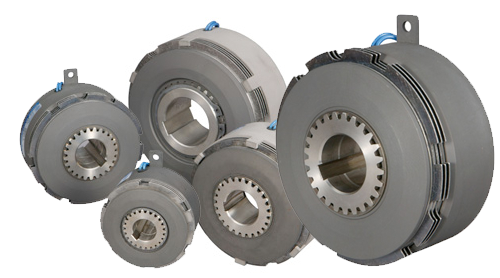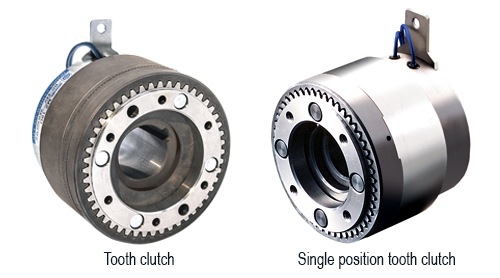What does max allowable RPM really mean?
There are fundamental points to understand.
Electromagnetic clutches and brakes are used for motion control. Actuation of the device for engagement or release is done by applying or removing electrical current. Typical applications include factory automation, parking brakes on electric vehicles, motor brakes, robotics, warehouse automation, lifts and hoists, lawn and garden equipment, mobile pumps and compressors, ag and off-highway equipment, and more.
When we consider RPM ratings, we can look at it in two ways. The device can either be in the loaded or unloaded state. If we consider max allowable speed for a clutch or brake in the unloaded condition, it is important to realize that internal parts have some level of balancing. Without special balancing performed, parts may vibrate at higher speeds which can cause unintended contact of the friction surfaces. That unintended contact can lead to clutch failure induced through heat, noise, and wear.
If max allowable RPM is looked at in the loaded conditions, we consider the engagement energy, heat dissipation, and wear rates of the product. Engagement energy is a product of the reflected inertia of the load being rotated as well as the square of the RPM. When speed is doubled, engagement energy is quadrupled. For many of the products, we also have reference charts for dynamic torque capacity vs application RPM. Dynamic torque rating is always lower than the static torque rating.
Ogura power-on and power-off clutches and brakes cover a torque range of <10 mNm to 12,000 Nm (up to 8,851 lb-ft). We offer a wide variety of product series. Special designs can be discussed as well for OEM applications.
Benefits of working with Ogura:
- Technical support
- Manufacturing capabilities
- Worldwide reputation
- Experience
- Customer focus
- Solutions focus
- Cost


